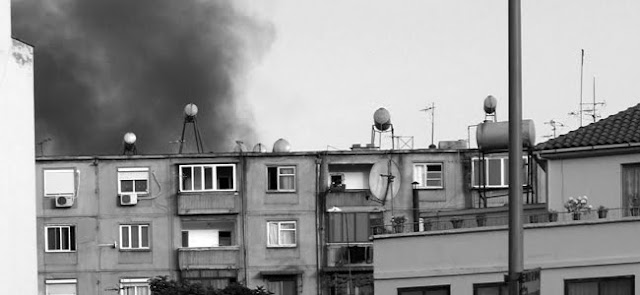Despite relative geographic advantage and an increasing sense of personal and economic freedom, Albania has failed to capitalize on the potential of its newfound relationship with Europe.
Decades of isolationist doctrine steeped in communist authoritarian rule have yielded to a new era capable of expressing the will of the people, spawning an emerging parliamentary democracy and free market economy. The initial jubilance of post-communist development has suffered, however, quelled within by the manipulation of investors (through pyramid schemes that devastated local capital in the late 1990s) and from abroad by a general negligence in the politics and support of the West.
Once intentionally isolated, Albania now finds itself reluctantly so. Its interests to spawn more direct communication with international politics and world economies encounter obstacles at every turn.
FORTUITOUS DISADVANTAGE
Albania is ranked lowest among European countries in the freedom to trade internationally, and demonstrates the largest discrepancy between actual size of trade sector versus the expected size of trade sector. Miles of coastline, proximity to global market demands, a large working age population, and a sizeable geographical area have done nothing for the strategic economic advantage of the emerging country. The country is still under the shadow of political and economic isolationism.
The will of the populace is far beyond the isolationist methodology, however. As demonstrated by the staggering figures for remittance money sent to Albania from natives working abroad, the country is adapting to its newfound freedom. With a large Albanian diaspora spread throughout Southern and Western Europe, personal finance is already significantly engaging foreign capital.
Albania’s apparent disadvantage, however, can be seen as a unique asset, as it commands the world’s attention because of its very fragility. Where many see flaws, others see opportunity, providing for a uniquely catalytic mixture of local interests with global developmental demands.
Nowhere is the pressure of development in Albania greater than in its capital. Located inland, Tirana is the largest city in the small country. The population of the city has exploded in recent years, tripling from 300,000 to nearly a million inhabitants since 1990. Roughly one third of the country’s population now lives in the capital, and a majority of the new social strata are not native Tiranans.
The city acts as the melting pot of formerly separated peoples, customs, and traditions. Merging an urban culture with the influx from the rural north and south, the city embraces a wide range, providing a common ground for all those seeking opportunity.
The urban strategies of the new city reflect a more general trend in the social climate. The Albanian demographic is a charged mix of a traditional, older, rural population and an urban youth that strives for inclusion in the European schema. The distinction between the two is clearest outside of the city limits, but within the city the boundary is blurred, and the generations coexist to an uncommon degree. Seeking international acceptance and inclusion while maintaining and promoting an established national identity, the city’s position is a mixture of inward and outward focus. Leaning heavily towards establishing international reputation as a priority in a period of intense change, city leaders worked from the outside in, developing the city first for the unstudied glance of an outside observer in the cultivation of image before reconciling its deficiencies for its internal populations.
Global capitalist strategies are sought out and readily assimilated, silently absorbed in a vibrant culture and adaptive economy that seeks its own competitive advancement. But the city seemingly is selling itself, piece by piece, to the global market, convincing the European Union and potential investors worldwide of its ability to cooperate with and productively engage the international community. In the proud originality of its local customs, products, and services, the city, notably, is able to maintain a degree of perceived autonomy relative to other European destinations. It is hard to say that Tirana is the new Athens, the new Istanbul, or the new Madrid. Tirana is the new Tirana, a formerly isolated enclave unveiled to the rest of the world.
Tirana has recently been voted the Most Polluted City in Europe by The Guardian newspaper. With environmental standards relaxed or absent, the city is victim to its own development. Traffic chokes insufficient streets and the city is blanketed by a thick smog.
While the foundation of capitalism in the West started with the enthusiasm of the masses about their freedom of choice, communism embedded its roots by indoctrinating the illusion of freedom of choice. The consequences prove states of similarity: freedom of choice is only real while it agrees with governmental “will”.
With very different beginnings, the architecture of Tirana seems to be steering towards the politics of verticality where the attempt at difference places it deeper into the sea of sameness. The construction boom in the past two decades has catapulted the empty development of architectural typologies towards the representation of a new meaning lacking historical roots in the vernacular. This abrupt development borrowed from foreign trends is impinging on the development of a distinct Albanian architectural culture. Here, the natural course of development, normally based on social evolution, has been bypassed in favor of the attractive superficial western tradition. The resulting architectural environment prescribes an estranged unfamiliar lifestyle that ignores the Albanian individual and his cultural traditions. The people of the city are no longer certain to whom the city belongs.





